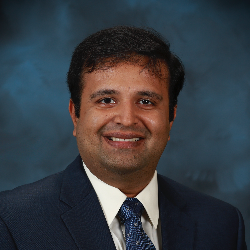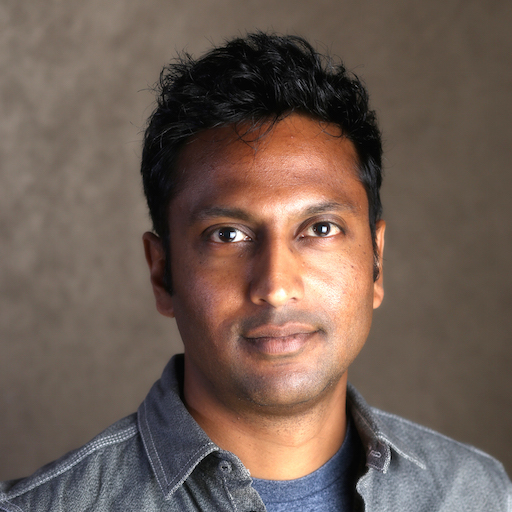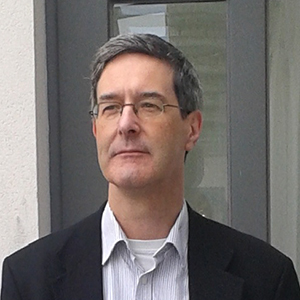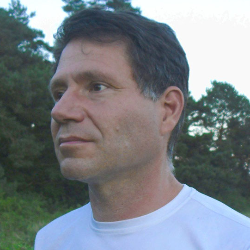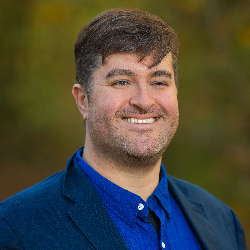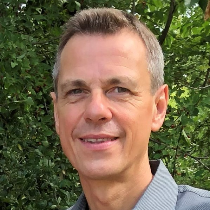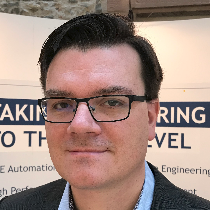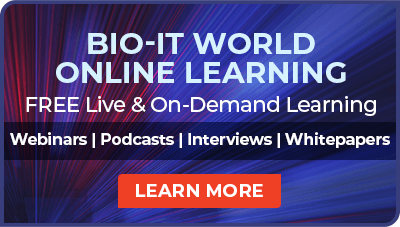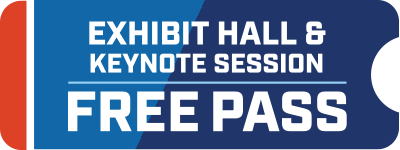Storage Infrastructure & Cloud Computing
Implement Technology Infrastructure and Storage Solutions to Support Innovation and Data Strategies
18 - 19 October 2022 ALL TIMES CEST
Tuesday, 18 October
Registration and Morning Coffee (Foyer)07:30
ROOM LOCATION: MOA 9
PLENARY KEYNOTE PROGRAM
PLENARY KEYNOTE PRESENTATION: To Unlock the Power of AI, It’s Time To Stop Thinking Human
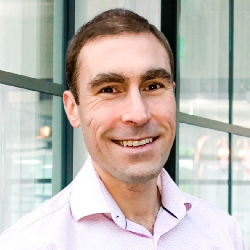 Richard Law, PhD, Chief Business Officer, Exscientia
Richard Law, PhD, Chief Business Officer, Exscientia
We’ve spent more than a decade hearing about the promise of AI for drug discovery and development. While that promise remains, it’s time to evolve our approach to unlock it. For all the buzz about AI, most companies are still using AI-assisted approaches, where humans focus on leveraging “good data” to fuel AI. Yet AI platforms, at heart, are data agnostic and make “decisions” far beyond human comprehension. No human can think in say, a 2,500-dimensional space. It’s too complicated, requires too much learning, and too much data to be managed by humans. In short, humans are still calling the shots, using AI to problem-solve along the way. To unlock the power of AI for drug development and discovery, it is time to remain patient-centric, but stop thinking like humans and allow platforms to be designed to learn and become increasingly powerful and accurate with each incremental piece of data analyzed. In this talk, we’ll discuss the power of this approach and learn about industry players who are embracing this new “AI First” way of re-engineering drug discovery processes – the leap to full, end-to-end integration of artificial intelligence – to maximize the potential of AI and machine learning to create better medicines faster and smarter.
Grand Opening Coffee Break in the Exhibit Hall with Poster Viewing (Room Location: MOA 11)10:15
ROOM LOCATION: MOA 3
NEXT-GENERATION MODELS OF DATA STORAGE INFRASTRUCTURE AND SECURE DIGITAL ECOSYSTEMS
 Accelerating Genomic Analysis in the Cloud with AWS and NVIDIA
Accelerating Genomic Analysis in the Cloud with AWS and NVIDIAGenome sequencing pipelines and processing large genomic datasets can become cumbersome, limiting genomics adoption for clinical application and the ability for improvement or scale. Turning to transformative cloud-based technologies can help organizations scale their genomic solutions, while optimizing performance and costs. Learn how biopharma, clinical care and health outcomes, and population genomics are assisted by a GPU-accelerated computational genomics application framework, and high-performance, flexible, scalable cloud infrastructure.
 Modern Cloud Security: Dispelling Common Myths About Cloud Computing
Modern Cloud Security: Dispelling Common Myths About Cloud Computing
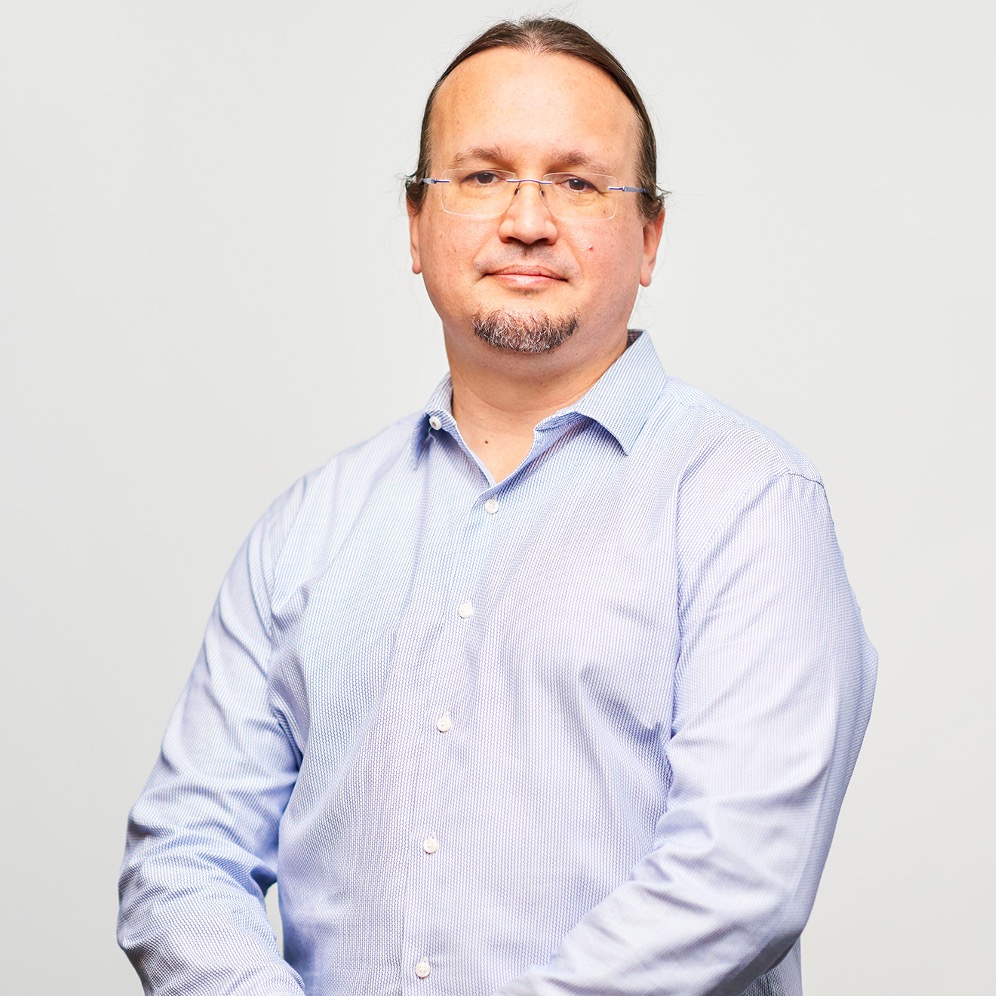 Zachary Powers, Chief Information Security Officer, Benchling
Zachary Powers, Chief Information Security Officer, Benchling
Cloud computing has evolved rapidly over the last twenty years, but common myths, misconceptions, and misinformation continue to influence technology decisions. Understanding modern cloud security, industry trends, and the evolving threat landscape will help dispel these common myths and misconceptions about how trustworthy cloud computing is today. Cloud computing is no longer just about scalability and innovation, it is a key security strategy to address modern threats.
Networking Lunch (Room Location: MOA 11)12:55
Dessert Break in the Exhibit Hall with Poster Viewing (Room Location: MOA 11)13:55
HIGH-PERFORMANCE COMPUTING FOR LIFE SCIENCES: USE CASES AND BEST PRACTICES TO ACCELERATE PRECISION MEDICINE
HPC Applications in Precision Medicine
 Eric Stahlberg, PhD, Director, Cancer Data Science Initiatives, Frederick National Laboratory for Cancer Research
Eric Stahlberg, PhD, Director, Cancer Data Science Initiatives, Frederick National Laboratory for Cancer Research
Data, information technology and computing have become central to medical research and improvements in clinical care. Nowhere is this more evident than where high-performance computing pushes the limits of precision medicine.
This expert panel will share perspectives and provide key insights in such rapidly developing areas as patient digital twins, personalized treatment predictions, application of artificial intelligence in medicine, use of clinical information and translating computing advances for clinical application. The session will provide the opportunity to hear diverse viewpoints from a panel of international thought leaders, spanning opportunities and challenges when using HPC to improve precision medicine from ‘compound to clinic’. Expert panelists from the European Exascale Personalized Medicine Center of Excellence (PerMedCOE), the US Department of Energy Argonne National Laboratory, and Genomes UK will provide insights into advances in using HPC to accelerate development of multi-scale integrated models, to improve prediction of treatment outcomes and identify new promising drugs, to understand fundamentals of biology and disease, and to enable safe, ethical, and secure use of personalized data.
In the era of exponential advances in artificial intelligence and growing availability of HPC, the panel will provide insights into areas of early success, emerging and potentially disruptive technologies, as well as thoughts on critical elements for sustained application of AI and HPC in precision medicine. Panelists will share important insights and perspectives in such key areas as lessons learned to improve pandemic preparedness, the development of adaptive learning health systems and the potential for future individual precision medicine patient digital twins.
PerMedCoE: Bringing HPC to Personalised Medicine
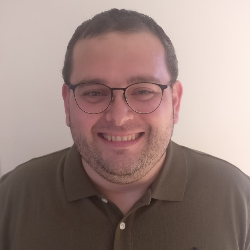 Arnau Montagud, Computational Biology Group, Life Sciences Department, Barcelona Supercomputing Center (BSC)
Arnau Montagud, Computational Biology Group, Life Sciences Department, Barcelona Supercomputing Center (BSC)
Storage, Cloud, and Applications in Precision Medicine
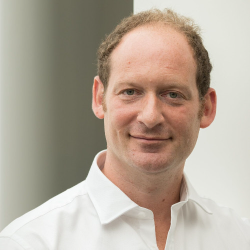 Parker Moss, Chief Commercial & Partnership Officer, Genomics England
Parker Moss, Chief Commercial & Partnership Officer, Genomics England
Discussion of huge data generation in clinical genomics and the clinical and scientific benefits this generates. I will detail the Genomics England HPC and Storage architecture, both on premise and as we complete our transition to the cloud. I will briefly discuss the challenges of research environments in the cloud, and the need for federation via GA4GH standards.
 Addressing the exascale storage challenge in Bio Research
Addressing the exascale storage challenge in Bio Research
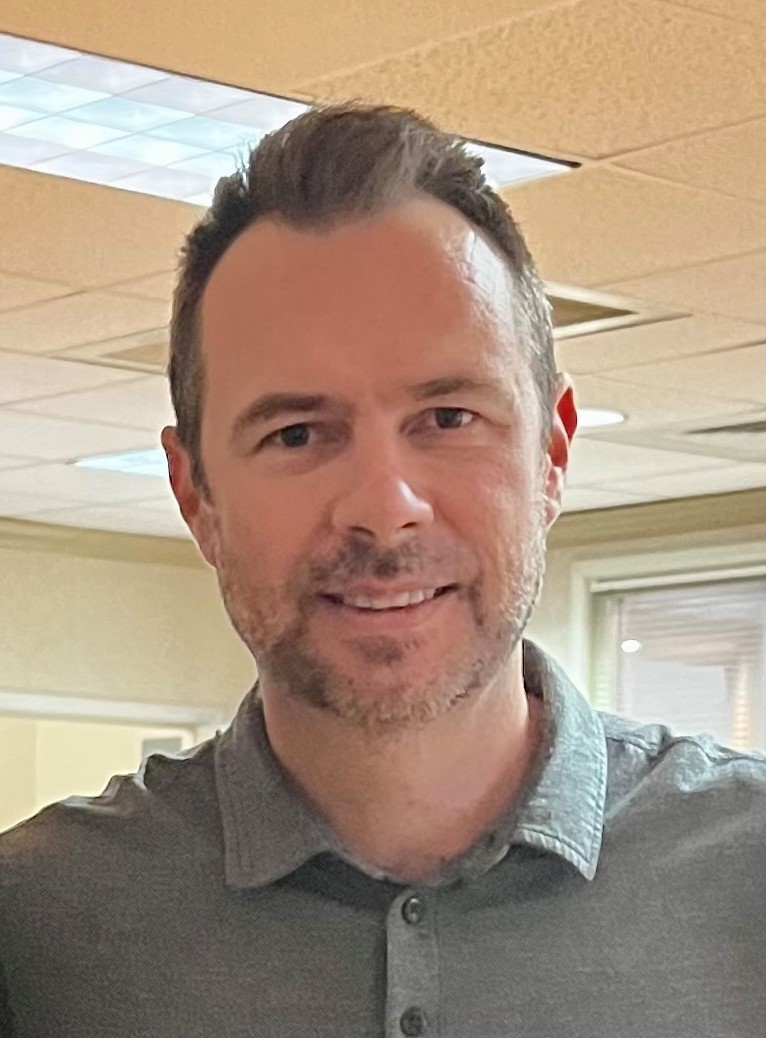 Jason Hammons, VP, Systems Engineering, VAST Data
Jason Hammons, VP, Systems Engineering, VAST Data
VAST Data has revolutionized BioTech, introducing scalable all-NVMe storage for research environments, replacing complex parallel filesystem & scale-out File environments. Online operations & ease-of-use with industry standard file & object protocols creates a platform with unparalleled economics favored by customers such as the NIH, Invitae, WEHI & EMBL-EBI. We’ll discuss advances in research areas including Next Gen Sequencing & Structural Biology (CryoEM, Alphafoild), enabled by VAST Data.
Session Break and Transition to Plenary Keynote16:30
ROOM LOCATION: MOA 9
PLENARY KEYNOTE PROGRAM
 Plenary Keynote Introduction
Plenary Keynote IntroductionNext-generation biopharma workflows require user-driven stewardship of data that gives your enterprise custody and validation of the full "data chain of custody": from instrument, to scientist, to filing. This data chain of custody requires a flexible private-cloud storage system that integrates business documents, large instrument files, and semi-structured metadata into a single, cross-functional storage layer that meets the scale requirements of dry scientists and the usability requirements of wet scientists.
PLENARY KEYNOTE PRESENTATION: Novartis Institute for Biomedical Research Data Strategy
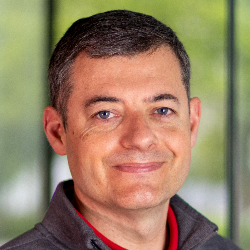 Philippe Marc, PhD, Executive Director and Global Head, Integrated Data Sciences, Novartis Institutes for BioMedical Research
Philippe Marc, PhD, Executive Director and Global Head, Integrated Data Sciences, Novartis Institutes for BioMedical Research
As part of the larger enterprise digital journey, and as part of the Novartis Research Master Plan, the Novartis Institute for Biomedical Research (NIBR) defined an updated data and data management strategy. This data strategy falls into a broader digital strategy which has many additional priority areas: Information technology, Artificial Intelligence, external science, decision support for drug discovery and early development to name a few. The NIBR data management strategy is based around four pillars:
1. Data Culture: Treat data as a corporate asset
2. Data Management: Structure and link data
3. Data Science: Develop products and insights based on data
4. Data Enterprise: Lead the enterprise on data
Welcome Reception in the Exhibit Hall with Poster Viewing (Room Location: MOA 11)17:30
Close of Day18:30
Wednesday, 19 October
Registration and Morning Coffee (Foyer)08:30
ROOM LOCATION: MOA 9
PLENARY KEYNOTE PROGRAM
PLENARY KEYNOTE PRESENTATION: Digital Twins: The Virtual Future of Medicine
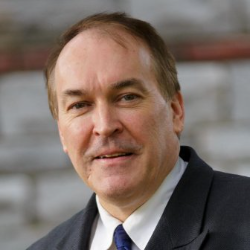 Peter Coveney, PhD, Professor of Physical Chemistry, Honorary Professor of Computer Science, Director of the Centre for Computational Science, University College London
Peter Coveney, PhD, Professor of Physical Chemistry, Honorary Professor of Computer Science, Director of the Centre for Computational Science, University College London
The purpose of building digital twins of ourselves is to create an organizational principle for modern predictive and personalized medicine. This talk will discuss the principles on which such digital twins may be constructed and used for clinical and healthcare purposes. The roles of multiscale modelling and simulation, artificial intelligence and uncertainty quantification will be described as essential elements in the drive to making actionable predictions from digital twin simulations.
Best of Show Award Ceremony and Refreshments in the Exhibit Hall with Poster Viewing (Room Location: MOA 11)10:15
ROOM LOCATION: MOA 3
MAKING LABORATORY DATA ACTIONABLE AND AUTOMATION FLEXIBLE USING OPEN COMMUNICATION AND DATA STANDARDS
Flexible Automation and Actionable Data: SiLA & AnIML Standards in Action
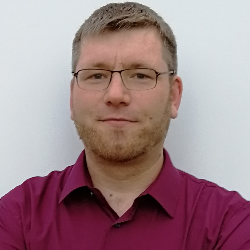 Burkhard Schaefer, Director, Head of Partnering, SiLA Consortium
Burkhard Schaefer, Director, Head of Partnering, SiLA Consortium
This session will include a series of podium presentations followed by an interactive discussion. Themes and topics covered include:
* Interoperability Standards as an Enabler in the Lab of the Future (Patrick Courtney)
* Facilitating Adoptability of Standards through Community & Tooling (Burkhard Schaefer)
* Spotting SiLA and AnIML in the Wild - Open Standards in Robotic High Throughput Screening (Mark Doerr)
* Panel Discussion with Presenters
ARCHITECTING FOR SUCCESS: PLATFORM, MODELING, AND DATA WORKFLOW SOLUTIONS
Compressing Ion Torrent Sequence BAM Files: The Challenge and Solution
 Mohamed Abouelhoda, PhD, Chairman Computational Sciences Department, Center for Genomic Medicine, King Faisal Specialist Hospital & Research Center (KFSHRC)
Mohamed Abouelhoda, PhD, Chairman Computational Sciences Department, Center for Genomic Medicine, King Faisal Specialist Hospital & Research Center (KFSHRC)
Ion Torrent is a popular NGS technology, especially in medical application. Surprisingly, the size of the Ion Torrent BAM file is higher than the corresponding Illumina-based one, due to big content of metadata (flow signals problem). Compressing the BAM file using available tools that are usually designed for Illumina does not achieve better compression. In this talk, I will show you how to solve this problem and present a software tool IonCRAM that improves the compression, reducing the file size to 43%.
Networking Lunch (Room Location: MOA 11)12:40
Dessert Break in the Exhibit Hall with Poster Viewing (Room Location: MOA 11)13:40
ARCHITECTING FOR SUCCESS: PLATFORM, MODELING, AND DATA WORKFLOW SOLUTIONS
Boehringer Ingelheim's Healthcare Biobank Data and Analytics Platform
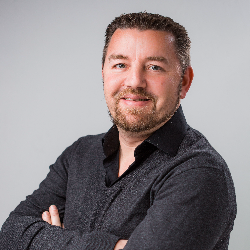 Gerald Birringer, Bioinformatics Solution Architect, IT, Boehringer Ingelheim
Gerald Birringer, Bioinformatics Solution Architect, IT, Boehringer Ingelheim
Boehringer Ingelheim (BI) is currently building a new enterprise-wide data and analytics foundation for genetics and health data within BI's global data platform "BI Dataland." The new research platform will enable BI to harness the surge in public and propriety genetics, imaging, biobank, as well as clinical data. This talk will introduce how BI is building this capability, how key partners and technologies help executing scientific workflows for ultimately being able to combine data from many different biobanks with internal data sources, and how this approach will have transformational impact far beyond discovery research.
Automated Cloud Pipelines for Modeling and Simulation of Virtual Patients in Regulated Life Science Environments
Cloud-based modeling under Good Clinical Practices requires a scalable HPC infrastructure to handle the computational demands of complex simulations of virtual patients in clinical trials. GNS Systems supported the pharmaceutical company Bayer to automate a cloud project according to the Infrastructure as Code principle in the build, test and deployment parts in Microsoft Azure. Nodes are scaled automatically via CycleCloud. The infrastructure of the individual environments is rolled out using a fully automated CI/CD pipeline.
Close of Conference15:45
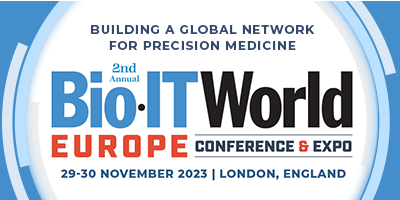

-Remi-Bruggeman-30-Minute-Presentation.jpg)
-Aniket-Deshpande-30-Minute-Presentation.jpeg)
-David-Ruau-30-Minute-Presentation.jpg)
-Thorben-Seeger-30-Minute-Presentation.jpeg)
